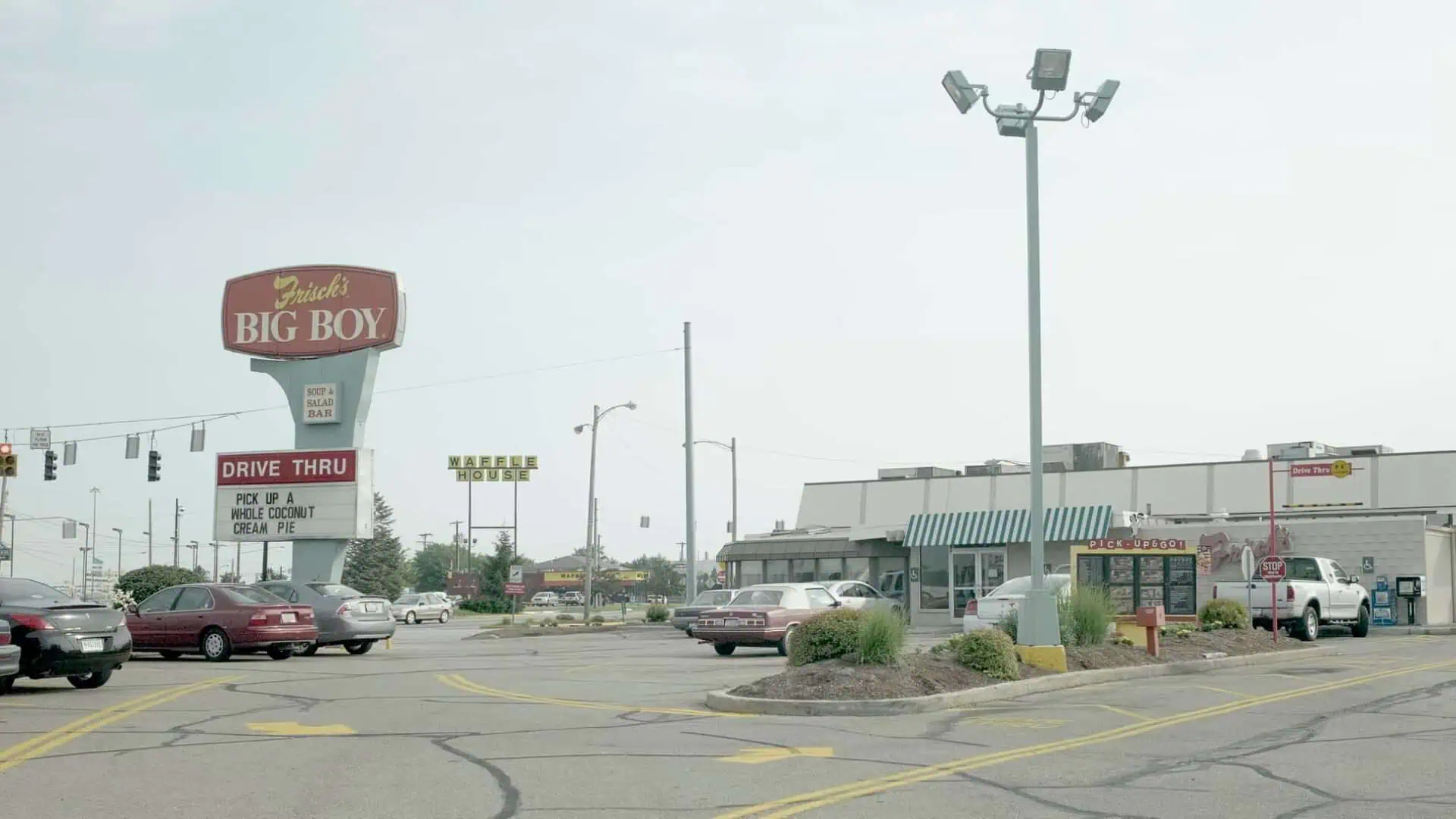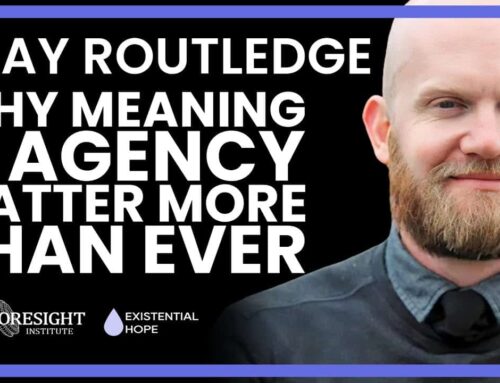
Excerpt:
Admittedly, an aspect of this is sad. For some children of the suburbs, we can feel like our formative tastes and our earliest emotions were hijacked by consumer culture and decades of zoning law. But nostalgia isn’t really a reflection of whether something is good or bad, researchers tell me; quality is essentially irrelevant. What matters is whether something holds meaning for you. And places are “easy for us to attach emotionality to,” Krystine Batcho, a professor of psychology at Le Moyne College who studies nostalgia, told me. Although suburban nostalgia might be stronger for people like me who’ve moved away from the burbs, a place can be an active part of your life and still “cue those old memories” each time you visit, Clay Routledge, a psychologist who directs the Human Flourishing Lab at the nonprofit think tank Archbridge Institute, told me.
Is Taco Bell a gaudy restaurant that serves cheap sodium bombs that all taste basically the same and bear only a passing resemblance to actual Mexican cuisine? Definitely. But I’ll always love it, not just because I think it’s delicious but because that’s where my high-school friends and I would go to pick up sacks of 99-cent bean burritos to bring back for dinner when drama rehearsal was scheduled to run late. So Taco Bell bean burritos, to me, taste like staying at school until 9 p.m. and trying to do homework on the side of the stage between scenes, like the intense friendships of a ragtag group of teens figuring out who they are by pretending to be other people.
“People make a place, and that’s what nostalgia reveals,” Routledge said. Research on what makes people attached to a place shows that the social ties associated with it are a huge factor. In a survey that Routledge did last year, he found that almost three-quarters of Americans reported that their nostalgic memories were associated with close friends and family, as opposed to experiences they had with strangers or alone. Nostalgia for place, it seems, is really nostalgia for people.
The case against suburbia’s design is not just that it’s ugly and repetitive and kind of basic—it’s that it’s actively bad for community. Third places—spots just for hanging out, aside from work or home—are in short supply; homes are clustered far from commercial zones, making it next to impossible to walk safely anywhere. “The only way to be in that public realm is to be in a car, often alone,” Kunstler writes. “Where, then, are you going to have your public assembly? On the median strip of Interstate 87?” Some research suggests that people who live in more walkable neighborhoods are more likely to know their neighbors, and to feel a sense of community.
So this sense of nostalgia for “nowhere” represents, in a sense, the connections I made in a place that is hostile to connection by design. “In every corner of the nation we have built places unworthy of love,” Kunstler writes, and perhaps he’s right. But we love there nonetheless.
This tension is fitting, because nostalgia itself is a “conflicted and bittersweet” emotion, Batcho said. It tugs the homesick person between past and present, between how things were, how they are, and how they could be. Rachel Heiman, an associate professor of anthropology at the New School and the author of Driving After Class, told me that she fears the connection people have to the kinds of spaces they’re familiar with could be a detriment to building new and better kinds of communities. “We can’t just keep building our suburbs the way we are, even if some people are nostalgic for that,” she said. She gave the example of someone who feels safer and more comfortable driving a car than riding public transit, even though public transit is objectively safer. Might they be resistant to supporting new bus or rail routes in their community?
But both Batcho and Routledge told me that contrary to its popular perception as an emotion that holds people back, nostalgia can also be fuel for progress. It can make people more creative, inspired, and motivated: Reflecting on cherished memories of the past can remind people of what they really value. And if there’s a disconnect between what we loved about the past and the way things are now, “that discrepancy can easily remind us that we should move forward,” Batcho said. “We should build better things.”
The feeling that your past is coherently tied to your present and your future is called “self-continuity,” and Routledge’s research shows that nostalgia facilitates it. So feeling nostalgic for the landscapes of suburbia doesn’t necessarily mean I think that’s the best way to design a community—it’s just part of my story. My soft spot for Olive Garden’s huge portions of mediocre fettuccine alfredo is just the vessel for the things I actually value: the feeling of belonging to a place and its people, the comforts of accumulated memories that adhere to spaces.
Read the full article at The Atlantic.
Read Nostalgia in America: The Power of Looking Back to Move Forward here.





